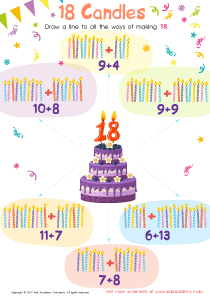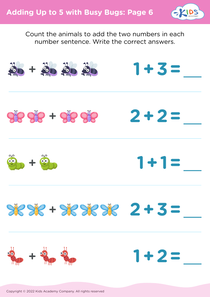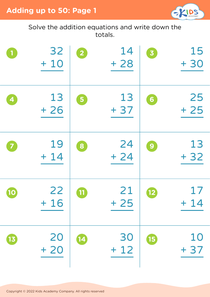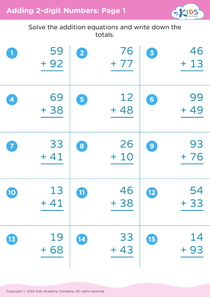Fine Motor Skills Adding up to 100 Worksheets for Ages 6-7
12 filtered results
-
From - To
Enhance your child's fine motor skills with our engaging "Adding up to 100 Worksheets" designed specifically for ages 6-7. These worksheets blend math practice with hands-on activities that promote dexterity and coordination. As your child works through addition problems up to 100, they will also strengthen their hand-eye coordination and control through tracing, coloring, and cutting activities. These fun, educational worksheets not only solidify math skills but also foster essential fine motor development, making learning a holistic experience. Perfect for at-home learning or classroom use, encourage your young learners to master math while honing their fine motor abilities today!
Fine motor skills are crucial for children ages 6-7 as they lay the foundation for essential life skills. These skills involve the coordination between small muscles, particularly in hands and fingers, enabling children to perform various tasks. Parents and teachers should care about fine motor skills because they directly impact a child’s ability to write, draw, and manipulate small objects, which are all key for academic success and self-sufficiency.
At this age, children are expected to engage in handwriting, cutting with scissors, and buttoning their clothes, all requiring adept fine motor coordination. Developing these skills enhances a child’s confidence and independence, allowing them to complete tasks without frustration. Moreover, fine motor skills are pertinent for STEM activities, as they involve building with blocks, manipulating materials, and even early coding.
Supporting fine motor development can prevent potential learning challenges later on. Engaging in activities such as puzzle play, art projects, and simple cooking tasks further promotes these skills. By recognizing the value of fine motor skills, parents and teachers can cultivate a positive environment that nurtures a child's growth, setting them up for success in school and beyond, while also encouraging creativity and problem-solving.
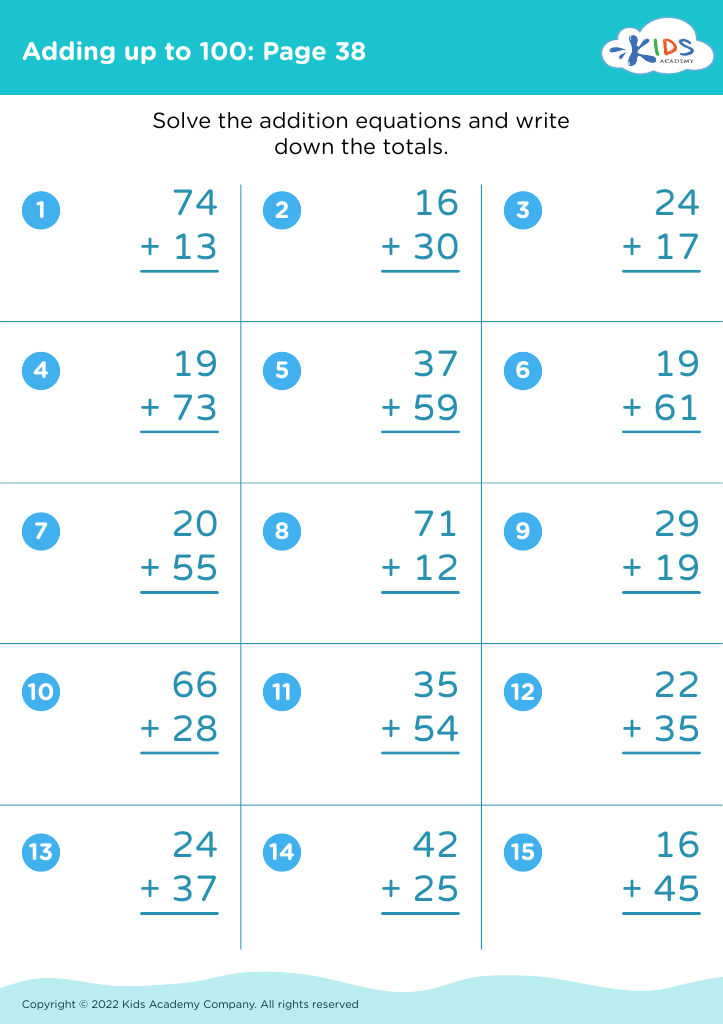

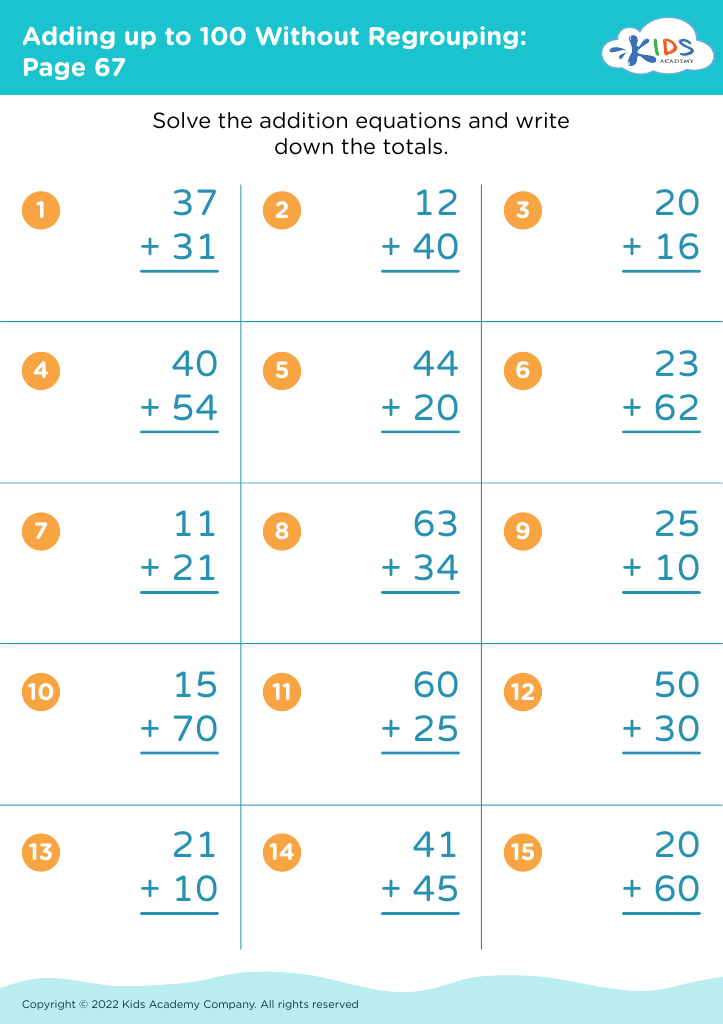
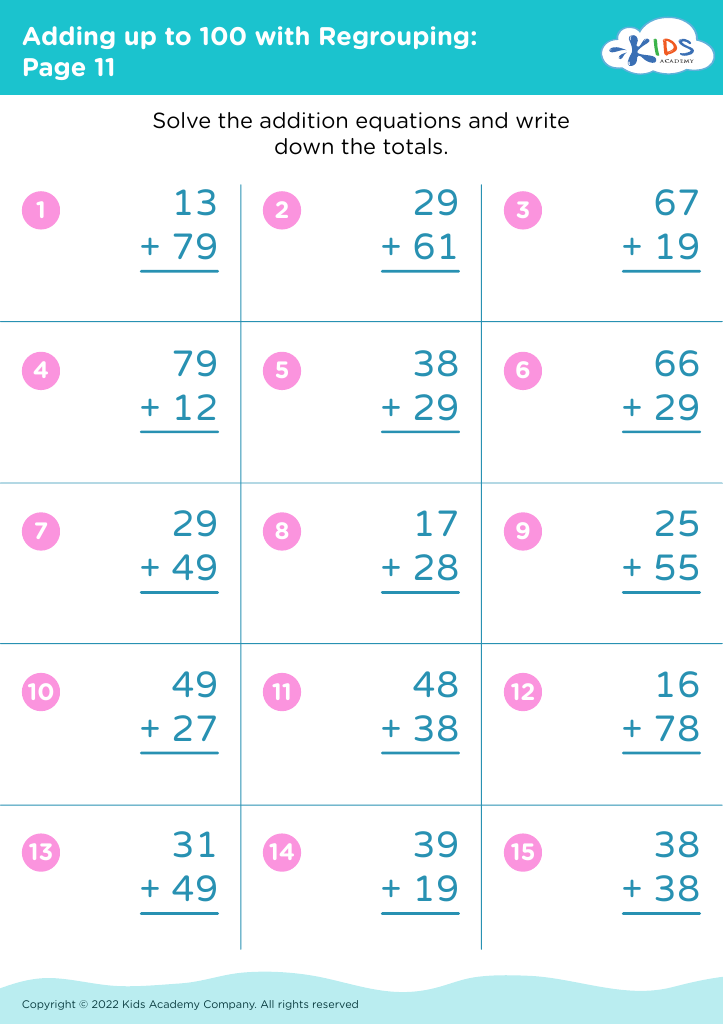
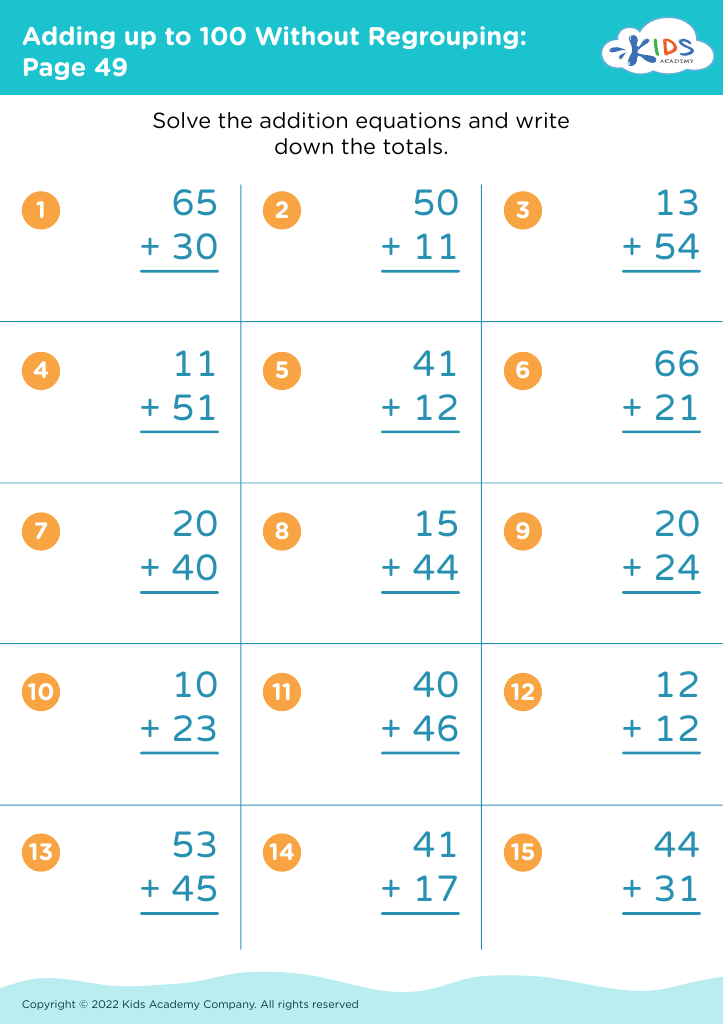
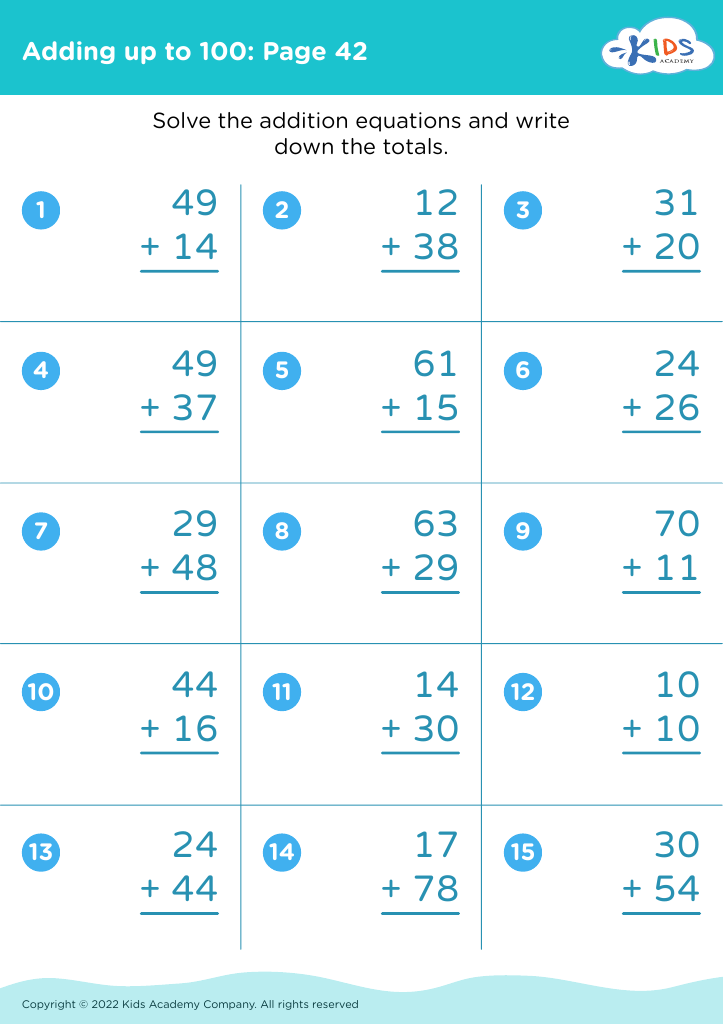
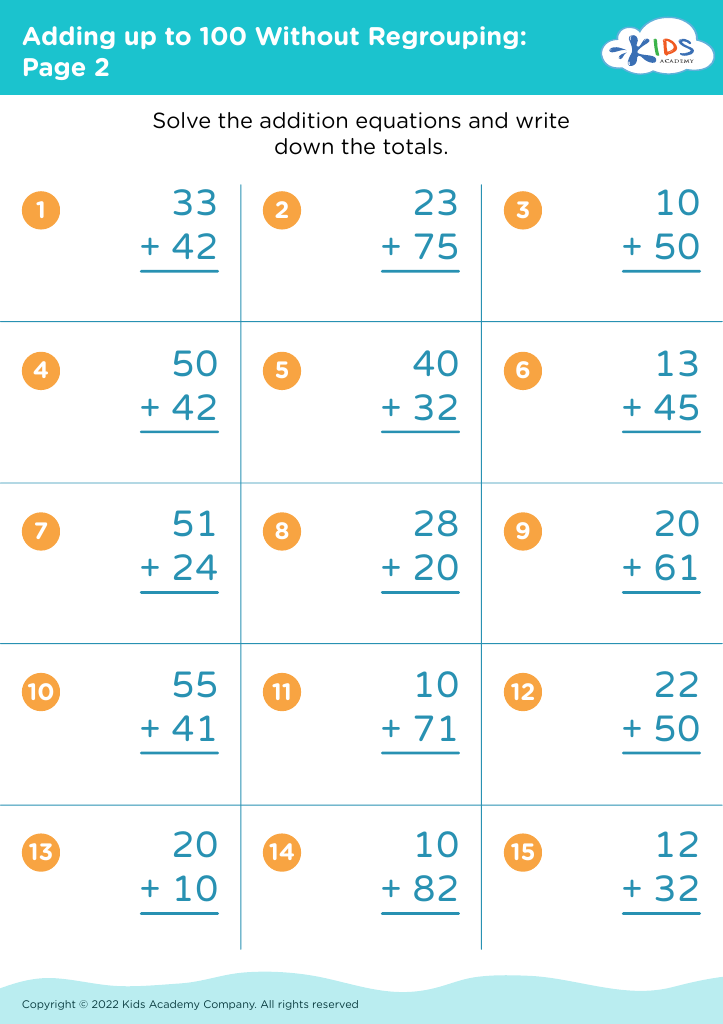
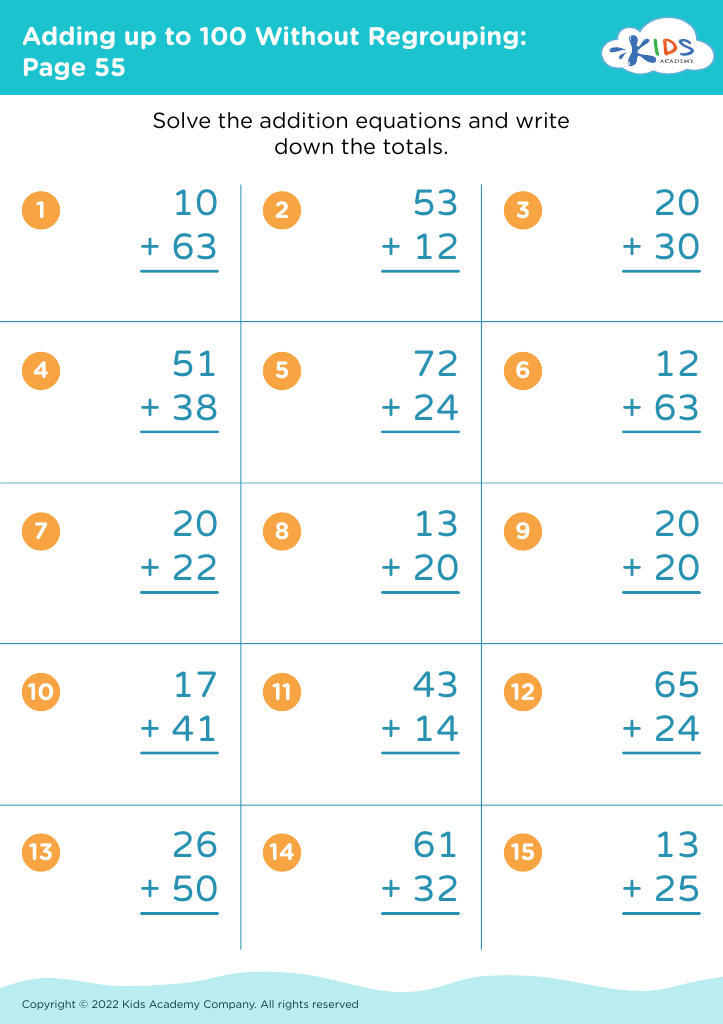
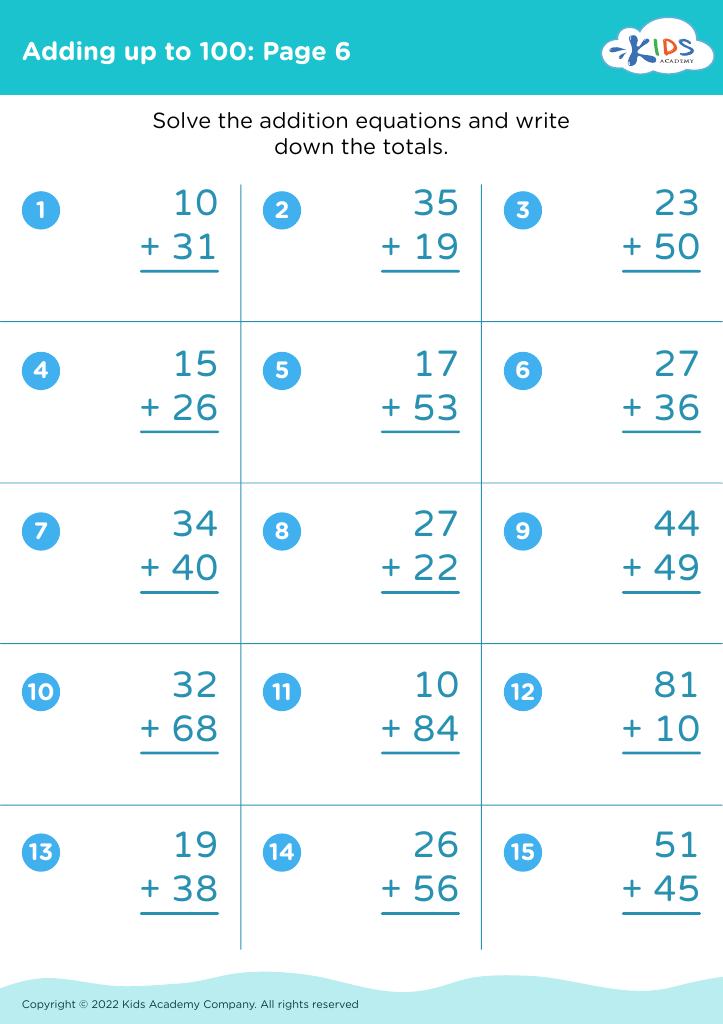
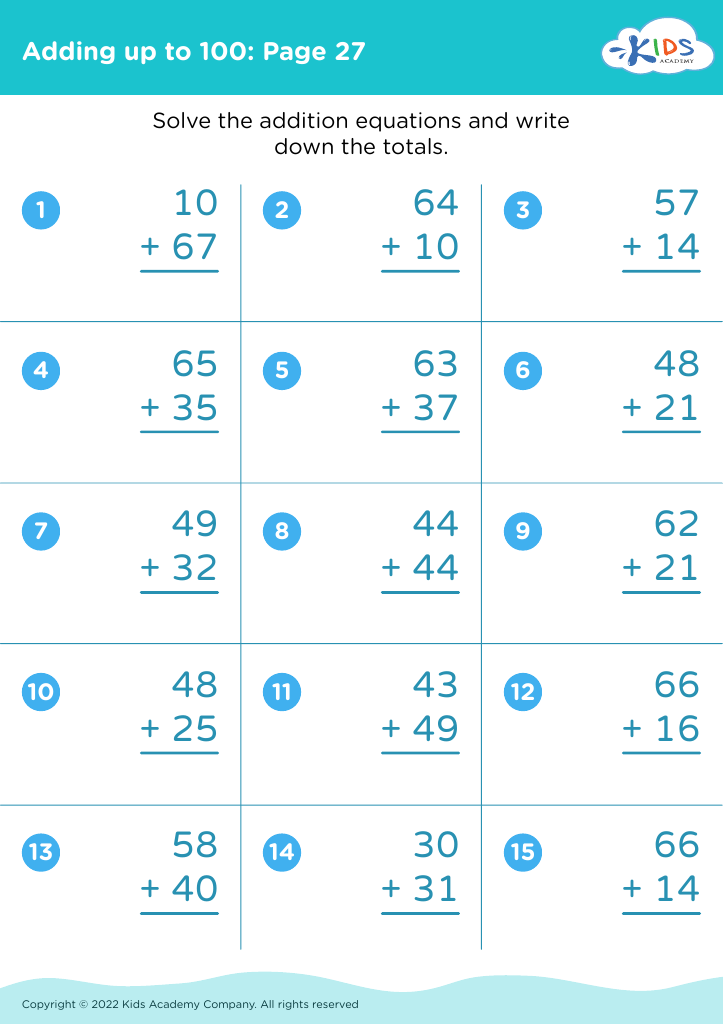

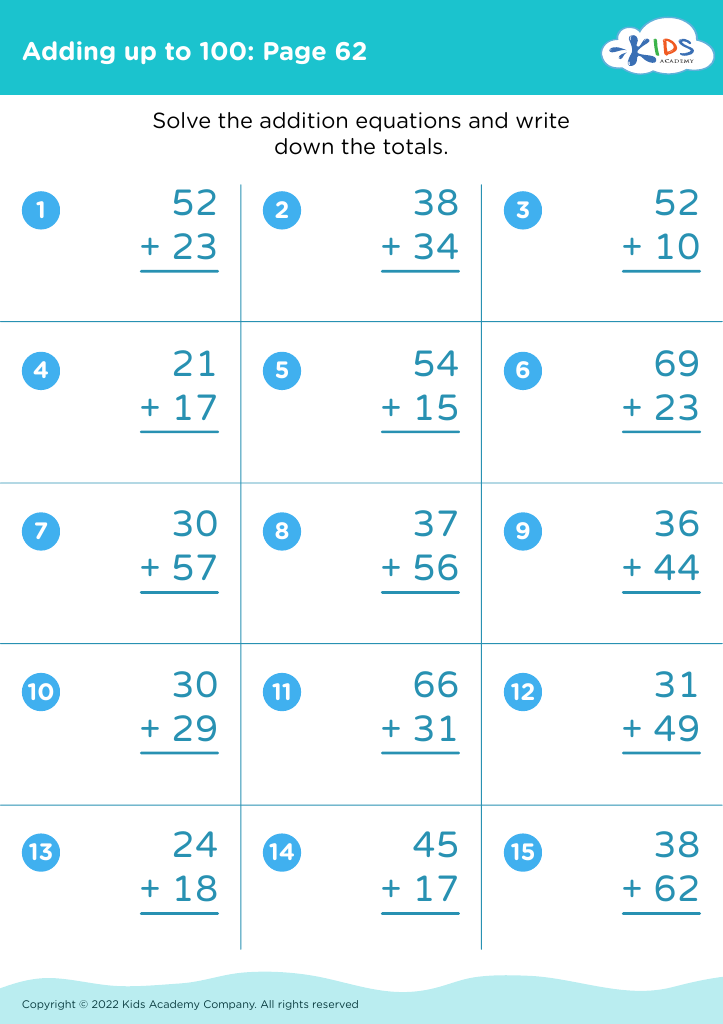

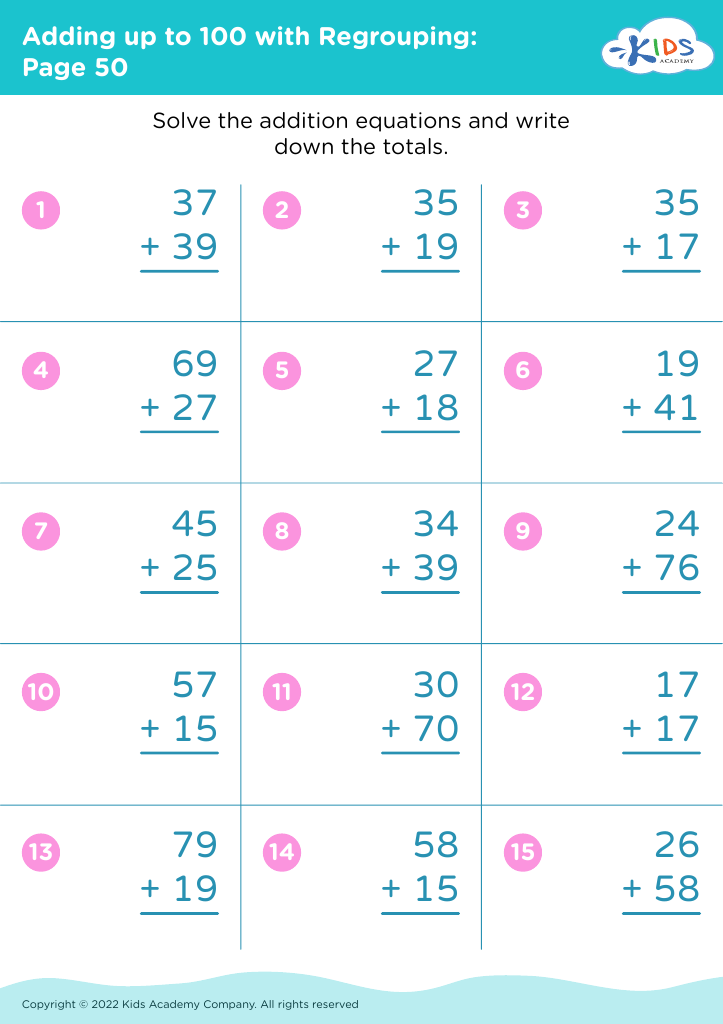






%20(1).jpg)
